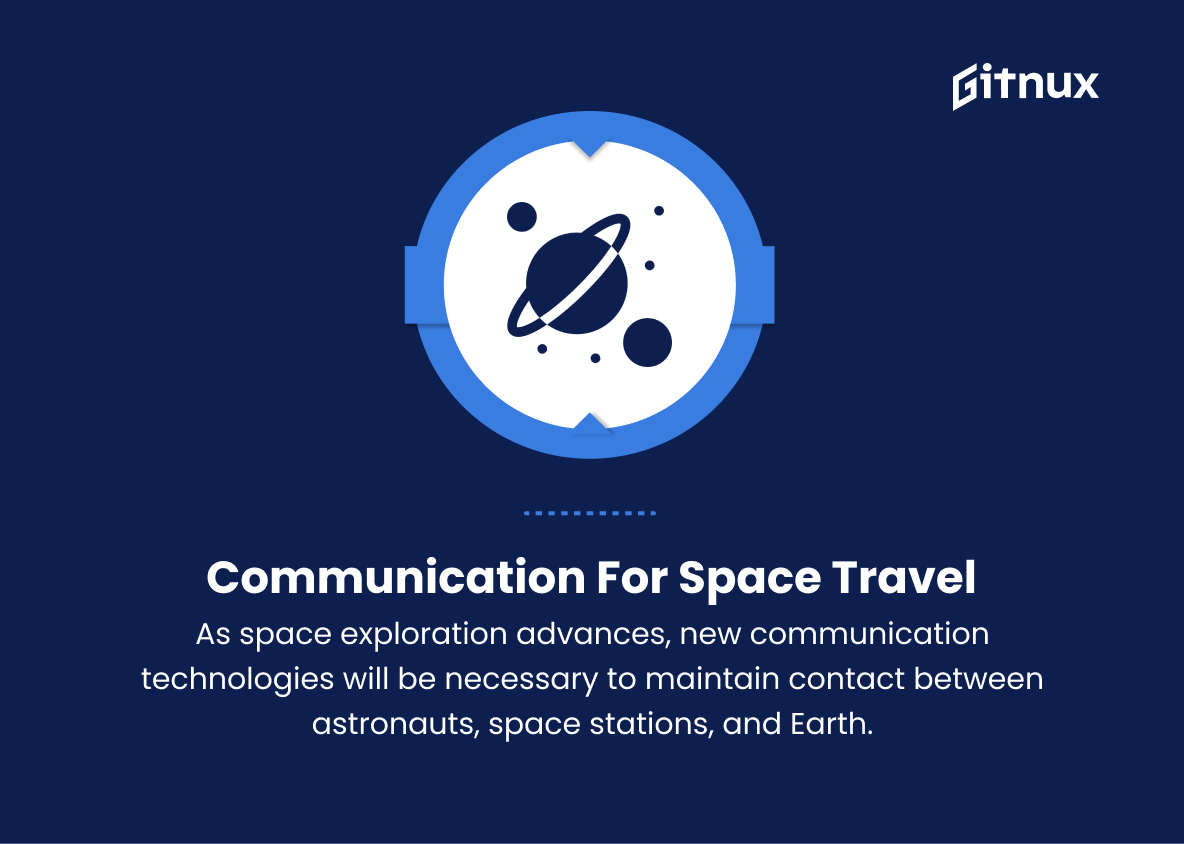In today’s rapidly-evolving digital landscape, effective communication serves as the backbone of personal and professional interactions. As we adapt to the constantly changing ways in which we exchange information, it is essential to stay updated with the latest methodologies, mediums, and trends dominating the world of communication.
In this blog post, we explore the most noteworthy ‘Communication Trends’— including the technology and strategies that harness the power of communication to foster collaboration, drive progress, and shape the future. By understanding these key trends and their profound implications, we can better navigate and capitalize on the opportunities that lie ahead in this era of communication revolution.
Top Communication Trends
1. 5G and advanced wireless networks
Faster, more reliable, and widespread 5G networks will transform how we communicate, enabling increased data transmission speeds, reduced latency, and an overall better user experience.
2. Artificial intelligence (AI) and machine learning
AI and machine learning algorithms will improve communication tools, allowing for better natural language understanding, automated chatbots, and personalized user experiences.
3. Augmented reality (AR) and virtual reality (VR)
These technologies will enhance communication by adding visual and contextual information to text, audio, and video interactions, making them more engaging and immersive.
4. Internet of Things (IoT)
Connected devices will revolutionize communication by allowing for new ways to transmit and receive data, making it easier to stay connected at all times.
5. Voice-controlled interfaces
Voice assistants like Siri, Google Assistant, and Alexa will continue to improve and gain popularity, enabling hands-free and more intuitive communication experiences.
6. Videoconferencing and remote work
The trend towards remote work will continue to drive the adoption of advanced videoconferencing tools and technologies to make communication seamless for people working from different locations.
7. Blockchain-based communication systems
Blockchain technology will foster secure and private communication without intermediaries, ensuring data privacy, and authenticity.
8. Holographic communication
Hologram technology will enable realistic, three-dimensional communication across long distances, allowing for more immersive and interactive experiences.
9. Wearable devices
Smartwatches, smart glasses, and other wearable technology will facilitate instant communication and quick access to information without needing to pull out a smartphone or laptop.
10. Real-time translation
Language barriers will become less relevant as real-time translation becomes integrated into communication tools, allowing for seamless conversation between people who speak different languages.
11. Ambient computing
The integration of computing and communication technology into our surroundings will enable seamless, contextually-aware interactions with minimal physical input.
12. Brain-computer interfaces (BCI)
Advanced BCIs will allow direct communication between the human brain and computers, enabling new forms of interaction and access to information.
13. Communication for space travel
As space exploration advances, new communication technologies will be necessary to maintain contact between astronauts, space stations, and Earth.
14. Quantum communication
Quantum technology promises secure communication networks with unbreakable encryption, protecting our data from hacking and eavesdropping.
15. Universal basic internet
The push for global internet access will result in more affordable and widespread connectivity, fostering communication and collaboration across borders.
These are just a few examples of communication trends that are likely to emerge and gain prominence in the coming years. The future of communication is sure to be increasingly interconnected, flexible, and immersive, driven by advances in technology and shifting global landscapes.
Implications
The future of communication is undoubtedly heading towards a more interconnected, flexible, and immersive experience. The advent of 5G and advanced wireless networks promises to revolutionize data transmission speeds and overall user experiences, while AI and machine learning algorithms will enhance natural language understanding and personalized interactions.
Augmented and virtual reality technologies will significantly enrich our everyday interactions, and the Internet of Things will enable new ways to transmit and receive data. Voice-controlled interfaces, holographic communication, and wearable devices are expected to become a normal part of our lives, complementing remote work and global collaboration. With real-time translation technologies, language barriers will no longer be an issue, and ambient computing will seamlessly integrate communication into our surroundings.
Additionally, brain-computer interfaces, space travel communications, quantum communication, and the push for universal basic internet access all signify the expansive growth potential of communication technologies in the years to come. Altogether, these advancements will shape the way we interact, collaborate, and connect on individual, social, and global scales, as we rapidly progress into an increasingly technologically-driven world.
Conclusion
In summary, the ever-evolving landscape of communication trends continues to demonstrate the importance of adapting to new technologies and methods of engagement. As a society, we must remain vigilant in staying up-to-date with advancements in communication platforms, digital tools, and user preferences.
This will ensure our capacity to effectively convey ideas, foster collaboration, and remain connected in an increasingly globalized world. Ultimately, our ability to embrace these emerging communication trends will define our success in both personal and professional settings, allowing us to forge stronger connections and reinforcing the integral role of communication in our daily lives.















